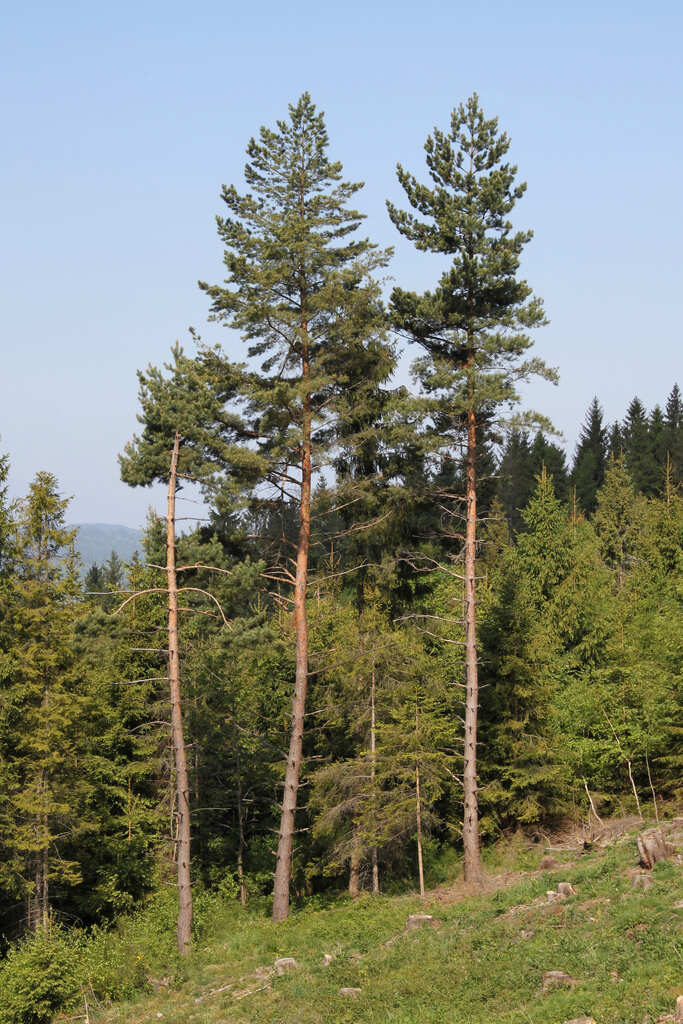Pine tree seedlings typically go through several stages of development before browning becomes a concern. Browning in seedlings can appear at various stages, but it is most common during the early growth stage, typically around 6-12 months after planting. Pine trees turn brown after planting due to various reasons, including physiological responses, nutrient deficiencies, and root establishment issues.
What Causes Pine Trees to Turn Brown After Planting?

Physiological Responses
Transplant shock, root disturbance, and adjustment to new environmental conditions can cause browning in pine tree seedlings. These physiological responses account for 20-30% of the reasons for pine trees turning brown after planting.
Nutrient Deficiencies
Lack of essential nutrients like nitrogen, phosphorus, or potassium can lead to browning in pine trees. Nutrient deficiencies account for 15-25% of the reasons for pine trees turning brown after planting.
Root Establishment Issues
Poor root development, root rot, or inadequate soil preparation can cause browning in pine trees. Root establishment issues account for 40-50% of the reasons for pine trees turning brown after planting.
What is Pine Needle Blight?

Pine needle blight is a fungal disease caused by various species of fungi, including Mycosphaerella pini and Scirrhia acicola. The disease typically develops under moist conditions and can be exacerbated by factors like poor drainage, overwatering, and high humidity.
Symptoms of Pine Needle Blight
- Brown Needles: Needles turn brown and fall off, often in large quantities.
- Black Fruit Bodies: Small, shiny, black fruiting bodies form on infected needles.
Lifecycle of Pine Needle Blight Pathogens
- Infection (1-2 weeks): Fungal spores infect the needles, usually during periods of high moisture.
- Incubation (2-4 weeks): The fungus grows within the needle, causing damage.
- Symptom Appearance (4-6 weeks): Brown needles and fruiting bodies become visible.
What Environmental Stressors Can Cause Pine Trees to Turn Brown?
- Drought: Soil moisture levels below 20% can cause stress in pine trees.
- Soil Compaction: Soil density above 1.5 g/cm³ can impede root growth and cause browning.
- Temperature Extremes: Temperatures above 90°F (32°C) or below 20°F (-7°C) can cause stress in pine trees.
- Pollution: Exposure to road salt, heavy metals, or other pollutants can cause damage to pine trees.
How to Identify and Manage Pine Needle Blight?
Identification
- Visual Inspection: Look for brown needles and black fruiting bodies.
- Diagnostic Techniques: Send samples to a diagnostic laboratory for confirmation.
Management Strategies
- Chemical Treatments: Fungicidal sprays can be applied during the growing season.
- Cultural Practices: Improve drainage, reduce watering, and maintain good air circulation.
- Timing of Interventions: Apply treatments during the growing season, typically from May to September.
References:
1. https://ask2.extension.org/kb/faq.php?id=670081
2. https://www.canr.msu.edu/news/why_are_my_pine_trees_turning_brown
3. https://www.gardeningknowhow.com/ornamental/trees/pine/pine-tree-browning.htm
